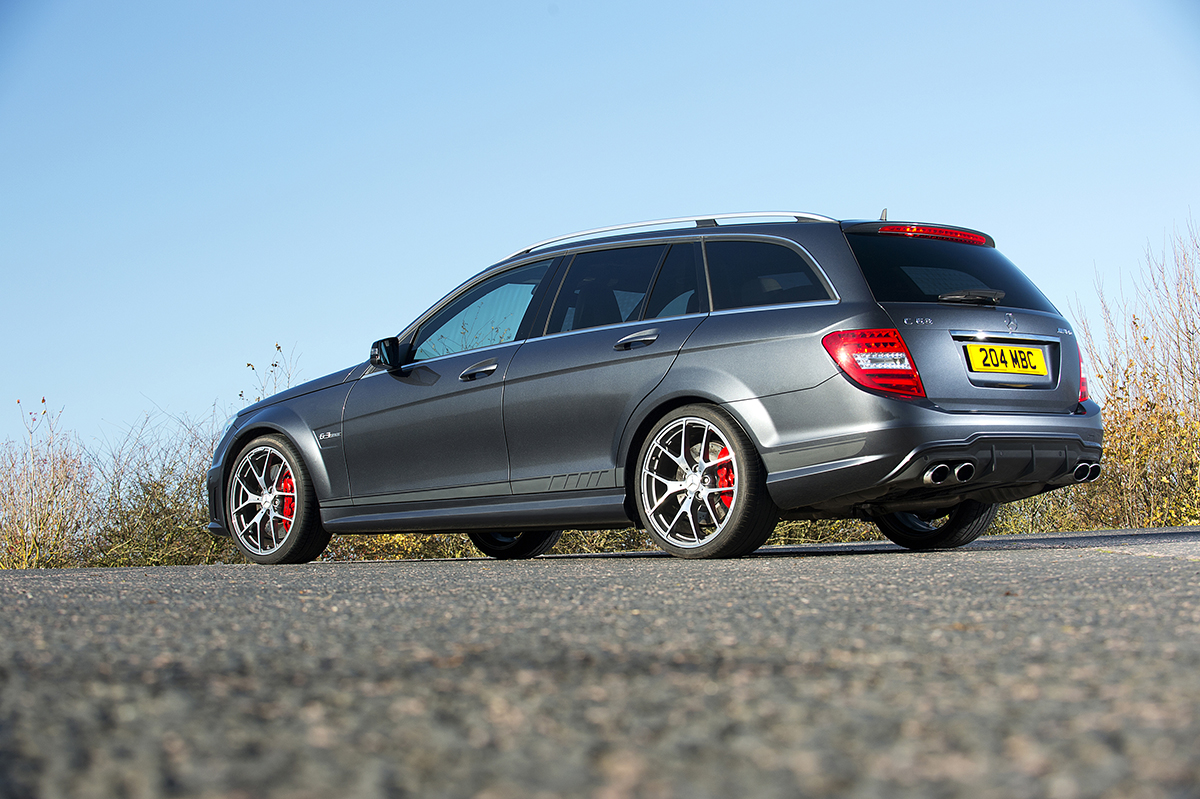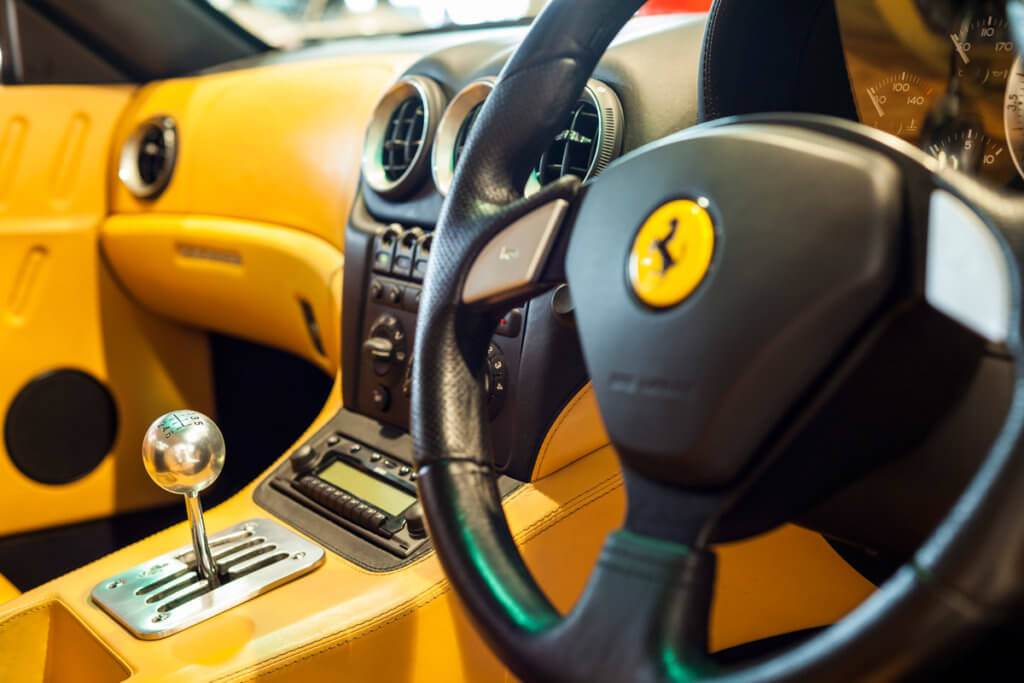
Held in Switzerland’s Engadin alpine valley, The ICE shows some of the most desirable classics slide across a frozen lake
The ICE in St. Moritz transforms a frozen lake into one of the most glamorous Concours d’elegance on earth. The crowd? A mix of Cresta Run daredevils, classic car collectors, and the fashion elite, all drawn to this blend of horsepower, mountains, and high-altitude glamour. The so-called “Top of the world” this year hosted the most successful iteration ever of what is fast becoming known as the greatest high society car show in the world (with quite a few dogs thrown in). Fabienne Amez-Droz visits the ICE, captures the event photographically for LUX, and recalls her experience below
“Imagine seeing some of the most extraordinary classic cars in the world, drifting across a frozen lake in the heart of the Alps. It might feel like a dream, but in reality, you’re at the ICE St. Moritz. And this year’s event was truly the most spectacular one yet – sunshine, champagne, a great curation of cars and a lot of fun!
Follow LUX on Instagram: @luxthemagazine
The I.C.E. St. Moritz officially launched in February 2022. The event was becoming a big success over the last few years, proving that even the harshest winter conditions are no obstacle to the cars and collectors. It is a two-day event, kicking off with an exclusive preview, giving visitors a rare chance to get up close to some of the world’s most stunning classic cars and have conversations with the car owners.
Read more: Ronnie Kessels insider guide to St Moritz
On the second day, the event gets even more exciting. The cars that were just on display the day before now drive and slide across the ice. At the end of that day, there is the Concours d’elegance award ceremony and this year’s “Best in Show” trophy was designed by British architect and St. Moritz regular, Lord Norman Foster. After two full days on the ice, the true St. Moritz crowd has dinner at the Badrutts Palace and celebrate the success of the ICE event at Günter Sachs’ legendary Dracula Club.
The next morning, real ice comes in useful for the hangovers; although the tough guys and girls are up and out early on Corviglia, the Cresta run, or blasting their Ferrari 275 GTB/4 down the Engadine valley.”

The ICE Co-Founder, Ronnie Kessel and Fabienne Amez-Droz on the spectator grandstand. Ronnie is the proprietor of Kessel, the Lugano based cars empire

Swiss car collector king Fritz Burkard won Pebble Beach “Best of Show” in 2024. At the ICE he showcased another car from his Pearl Collection
Read more: Car collector king Fritz Burkard on his Pearl Collection

Fritz Burkard’s spaceship-looking, FIAT ABARTH from his Pearl Collection

An extraordinary array of some of the world’s most valuable classics

Fabienne Amez-Droz with British car collector and expert Simon Kidston at the Richard Mille hospitality tent

During the preview day, you could get a close up of the classic cars and have conversations with the car owners

At the exclusive drivers’ lounge you can see the famous ICE-skating wait staff

Ferrari’s classic Daytona is challenging enough to drive on a dry road. On a frozen lake at 1800m altitude, it’s something else

Our intrepid photographer and reporter Fabienne Amez-Droz wearing vintage-style Moon Boots to match the machinery

A few four-legged friends tried to steal the show from the cars – this one wearing the best fur coat of the day

Loro Piana brought its own classic car to the show

The very high level of the cars in the competition made the work of the jury complex, called to select the best in each of the 5 categories

Casa Ferrari hosted some events at the famous Kulm Country Club

Only one of these Ferraris, the Purosangue, second from the front, is really made for driving on snow and ice; the others would be more at home in Monaco
Find out more: theicestmoritz.ch


















 because abundance will act as a natural brake on values, and modern cars can suffer hard-to-solve electrical problems that older, simpler cars do not.
because abundance will act as a natural brake on values, and modern cars can suffer hard-to-solve electrical problems that older, simpler cars do not.
 But the canny collector goes further than that: he or she also identifies sub-brands within the category. There were more than 2000 examples of Ferrari 575 (2001-2005) made, a relatively large number. But only 246 of these were fitted with the gated manual transmission. The model’s handling was also vastly improved by its factory-option Fiorano Handling Pack, fitted to a minority of the cars. So with just 246 manual 575s made, and a minority of them with the “FHP”, the pool of ultra-desirable examples of this car is actually more limited than that of the legendary 1966 275 GTB/4, of which 350 were made, and probably more limited than that of the 1960 250GT SWB, of which 167 were made.
But the canny collector goes further than that: he or she also identifies sub-brands within the category. There were more than 2000 examples of Ferrari 575 (2001-2005) made, a relatively large number. But only 246 of these were fitted with the gated manual transmission. The model’s handling was also vastly improved by its factory-option Fiorano Handling Pack, fitted to a minority of the cars. So with just 246 manual 575s made, and a minority of them with the “FHP”, the pool of ultra-desirable examples of this car is actually more limited than that of the legendary 1966 275 GTB/4, of which 350 were made, and probably more limited than that of the 1960 250GT SWB, of which 167 were made.




Recent Comments